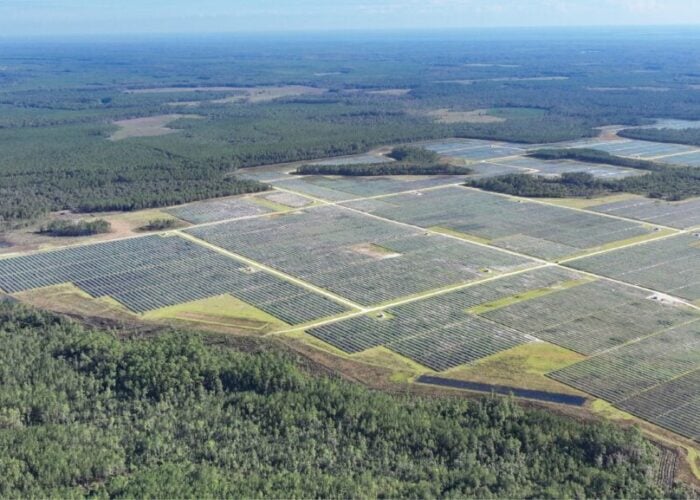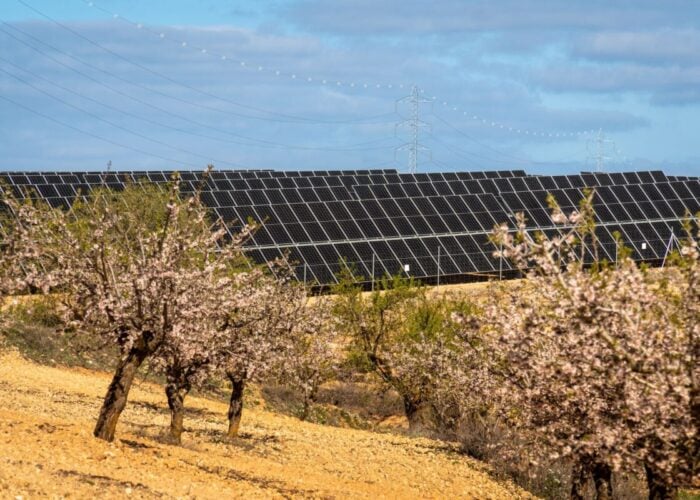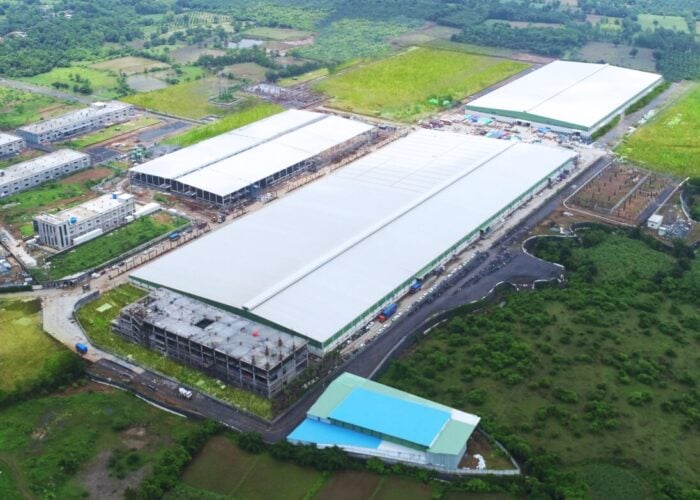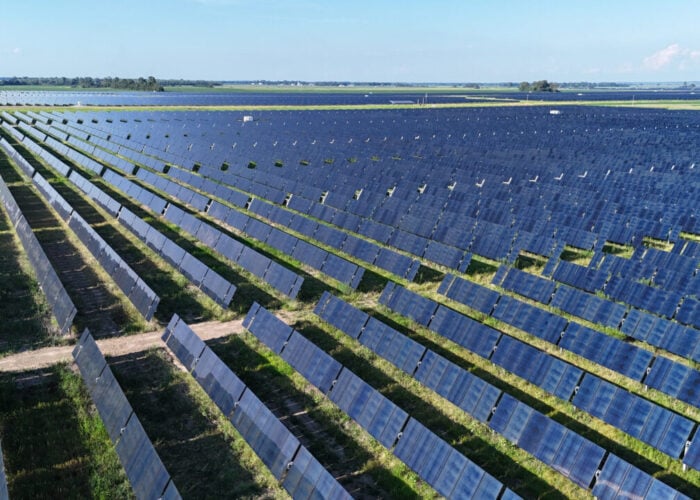Company executives and analysts alike face a number of difficulties in answering this very important question. To reach the answer requires strong fundamentals in solar PV economics. This, however, is unfortunately not enough. The data necessary to answer the question are difficult to collect and even more difficult to structure and maintain. Further, the data are highly dynamic: US incentives change in structure, decrease or expire and electricity prices change in both magnitude and composition. All of these variables affect a market’s attractiveness, which itself can change substantially over time.
As a substitute for this very difficult work, many companies choose to use irradiation maps. These maps, while an important part of the equation, are by themselves of little value for business planning. An irradiation map tells you only the amount of input solar energy. It says nothing about the incentive environment or the local price of electricity. In the United States both incentives and electricity prices vary widely and both are critical to calculating a prospective customer's ROI.
Try Premium for just $1
- Full premium access for the first month at only $1
- Converts to an annual rate after 30 days unless cancelled
- Cancel anytime during the trial period
Premium Benefits
- Expert industry analysis and interviews
- Digital access to PV Tech Power journal
- Exclusive event discounts
Or get the full Premium subscription right away
Or continue reading this article for free
What is needed is not an irradiation map, but a solar PV economic map; a dynamic map that combines the relevant variables, keeps them current and accurately calculates consumer ROI by region – today and in the future. These maps are particularly valuable for commercial solar developers and module/equipment makers, because these companies often operate across multiple geographies and have the ability to quickly enter and support new markets.
The balance of this article summarizes the application of zip code level analysis to growth strategy.
Solar PV economics: solar PV cost vs. solar PV competitiveness
The best way to understand solar PV economics is to replace the overused and poorly understood term grid parity with a more precise taxonomy: solar PV cost and solar PV competitiveness.
Solar PV cost is the discounted value of all generation costs, divided by the discounted value of all electricity generated over the operating life of the array. This expression is captured in the Levelized Cost of Energy (LCOE) equation, which has been written about extensively. For solar PV, there are three primary drivers of LCOE: (1) initial installed cost; (2) incentives; and (3) irradiation. Together, these three variables are the dominant determinants of how much the electricity from a solar PV array will cost (financial leverage, discount rate and module degradation play a secondary role).
While solar PV cost is in itself important to understand, unfortunately it reveals nothing about whether an electricity consumer – i.e., a business or resident – can save money by installing solar PV. This is the realm of solar PV competitiveness. Solar competitiveness is the comparison between solar PV cost and the retail price of electricity in a given market. Only through this comparison can one calculate the return on a solar PV investment (ROI), to determine whether a customer can save money or not.
Let’s make this point more clear through two hypothetical examples: suppose irradiation in the United States were uniform at 1,800 kWh/m2 and the total installed cost of a distributed solar array were US$2.00/W (one goal of DOE Sunshot Program). Using the LCOE equation, this corresponds to a solar PV electricity cost of approximately US$0.15/kWh. If the retail price of electricity for the entire United States were US$0.10/kWh, solar PV would still not be competitive and the natural demand for solar PV would be zero. If however, the total installed cost of a solar array were US$4.00/W – which corresponds to a solar PV cost of approximately US$0.30/kWh – and the retail price of electricity for the entire country were US$0.35/kWh (as it is in Hawaii), then solar PV would be competitive nationwide and the natural demand would be quite large (at least 1 terawatt). It is only through these comparisons that the economic demand for solar PV can be determined.
At the end of last year, I published a detailed analysis of the United States solar market which showed that solar demand in the United States will pass through an inflection point as average installed costs – commercial and residential combined – approach US$3/watt, a point that should be reached in 2013/14.
Zip code-level data makes solar economics actionable
While the first analysis provided a high-level summary of solar PV potential using state-level data, what is more valuable is extending this work to the local-level. By replacing the state-level data with finer resolution, local-level data, it is possible to account for many important differences within a state. For example, in California, some utility incentive programs are “live,” while others have run out of budget. In New York, average irradiation on Long Island is 200kWh/m2 greater than in the north of the state. In Connecticut, some customers pay US$0.14/kWh for electricity, while others pay more than US$0.23/kWh, etc. For solar PV businesses, these differences matter. Accordingly, it is only through the local-level data that solar economics becomes actionable for PV companies.
The most accurate and valuable way to complete this analysis is at the zip code level. In the United States, zip codes are geographic units that typically cover 4-30 square miles (approximately 10-80 square kilometers). Using zip codes gives the analyst/user the granularity necessary to deal with the myriad of US incentives and utility coverage areas, as well as variations in irradiation.
Unfortunately, there are over 40,000 zip codes in the United States. To calculate ROI correctly, each zip code requires a current electricity price, irradiation value and incentive value. Each of these values in turn may be comprised of several data points and each of these may be changing on an irregular basis (incentives, electricity prices, etc.). As such, the number of data points necessary to calculate an accurate result at the local-level is several orders of magnitude greater than working with state-level data.
Keiser Analytics has developed a system and tool for processing and maintaining this large volume of data called Max-ROI, which is an abbreviation for Maximize Return On Investment. Max-ROI calculates two important results at the zip code level. The first result is the return on investment that a customer would generate by installing a solar PV array. Once this return reaches a certain threshold – for example, 20% ROI – demand for solar PV in this market is likely to be strong. This output tells a developer where they should concentrate sales efforts today.
The second result is even more useful. Max-ROI can also be used to calculate what a market’s ROI will be in the future, thereby indicating which zip codes will “turn on” at which price points. For example, let’s assume that customers require a 20% ROI to invest in solar PV. Max-ROI can calculate that customers in zip code 12345 will reach that level at US$3.40/W, customers in zip code 23456 will reach that level at US$2.70/W, customers in zip code 34567 will reach that level at US$2.50/W, etc. This output tells a developer or module maker where they should concentrate sales efforts in the future. As such, Max-ROI is an effective tool to drive sales in both current and future markets.
Inputs and outputs: New York State
In the spirit of working with local data, I will summarize the inputs and present some sample results from my home state, New York.
The state of New York has a surface area of approximately 48,000 square miles (~125,000 km2) and a population of approximately 20 million people. As such it is roughly half the size of Portugal with twice the population. Geographically, New York is divided into approximately 1,800 zip codes. As one would expect with an area of this size, irradiation varies across the state, ranging from approximately 1,400kWh/m2 near the Canadian border, to approximately 1,700kWh/m2 on Long Island.
There are over 80 operating electric utilities in the state and retail electricity prices range from US$0.03/kWh to over US$0.30/kWh. In New York, commercial solar PV is supported through a combination of state- and utility-supported rebates. In addition, the federal tax credit of 30% applies. All of these variables must be kept current at the zip code level and fed into an economic model that can accurately compare a prospective solar customer’s current electricity costs with the costs and benefits associated with installing a solar PV array.
Without boring the reader with model mechanics, I will skip to sample results. As described, the first output from Max-ROI is customer Return On Investment at the zip code level. Figure 1 shows that for a 100kW commercial array in New York, with an installed cost of US$2.70/W, customer ROI is 26% in zip codes 11718 (Bridgewaters, NY), 11729 (Deer Park, NY), 11717 (Brentwood, NY) and 11804 (Old Bethpage, NY); and 25% in zip code 11735 (Farmingdale, NY). These are the state’s five most profitable zip codes. This result enables installers to understand which regions offer the highest returns now, and to focus their current sales efforts there.
The second output is in my opinion the real jewel: the price points at which each zip code will “turn on” for solar PV. Let’s describe two points in figure 2 to illustrate why this output is so useful. The “turn on” point for the first zip code, 10913, is US$2.50/W. This means that at an installed cost of US$2.50/W, a business customer in this zip code will generate at least a 20% ROI by installing solar PV. At present, the installed cost for commercial arrays in the northeast is approximately US$2.70/W. Accordingly, this customer cannot be profitably served today. However, given module pricing trends, it is very likely that this customer can save money with solar PV in 3-6 months. By knowing this and considering the length of the PV sales/installation cycle, the developer or equipment maker should begin developing this market today.
The “turn on” point for the second zip code, 12530, is US$2.00/W. This value is 25% below current installed costs (US$2.70/W). Accordingly, this market will need more time to develop. Knowing this, the developer/OEM should plan on targeting this market in 2013/14. In this manner, by understanding the turn on points for solar PV across a state, or multiple states, a company can map out its multi-year growth strategy.
In summary, the Max-ROI output indicates not only where the most profitable markets are today, but where future demand is likely to develop. This provides solar PV developers and equipment makers with valuable information to drive sales growth.
I will host a conference call in approximately two weeks. For the full research report and to learn more about Max-ROI™ click here.






